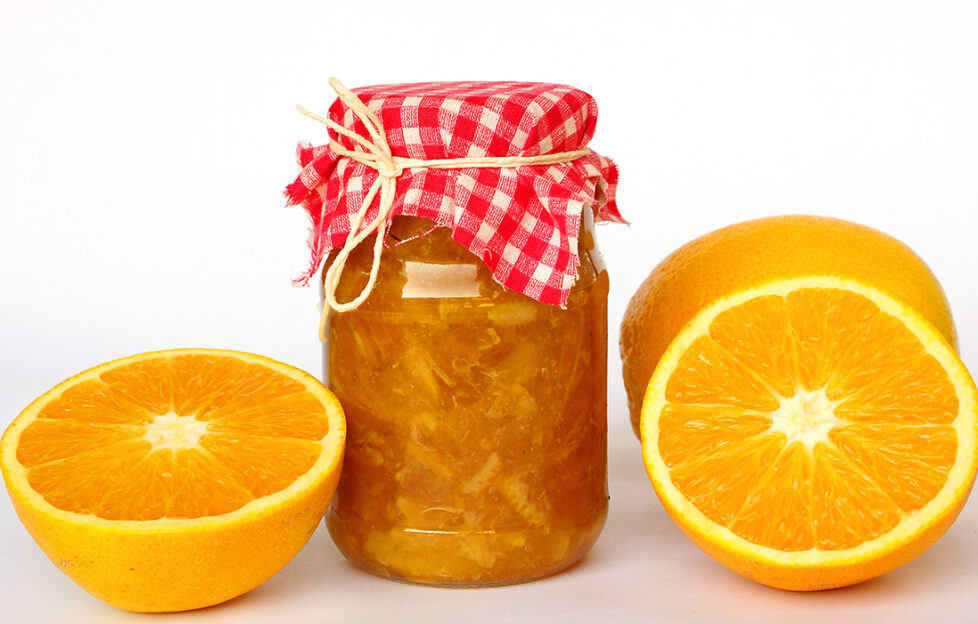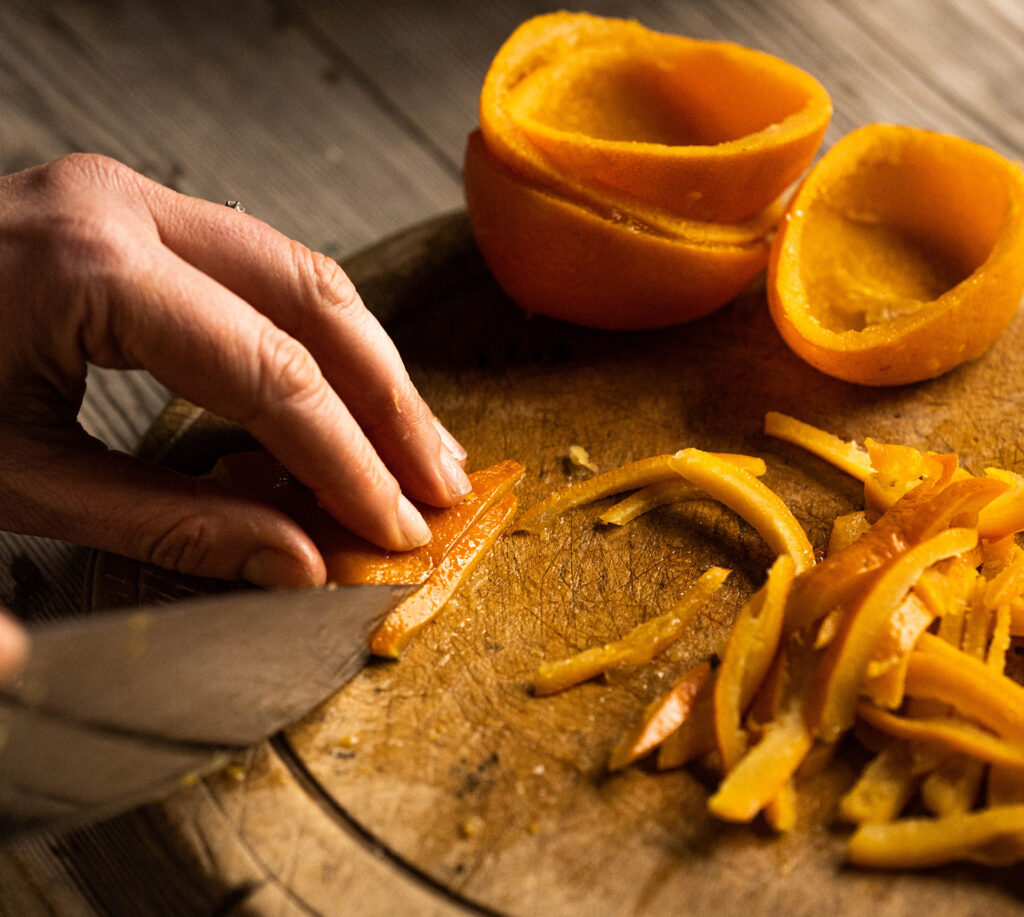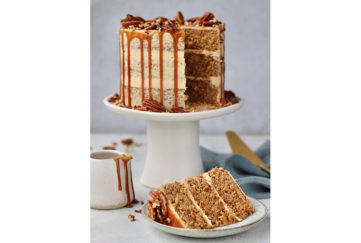Make Your Own Seville Orange Marmalade

Ever thought about making marmalade? Here’s a chance to learn from an expert! Read on for step-by-step instructions and lots of helpful tips.
Rosebud Preserves has been making jams, marmalades, chutneys and jellies at Masham, North Yorkshire, since 1989. The company was started by Elspeth Biltoft and her founding principles remain:
- To source local produce whenever possible;
- To cook traditional recipes; and
- To practise time-honoured techniques, without use of additives, preservatives or pectin.
Preparation Time: 30min
Cooking Time: 2hr 40min
Makes: 13 x 227g jars or 6 x 445g jars.
Kitchen equipment you will need
- Heavy-based preserving or standard pan with a large surface area
- Scales
- Measuring jug
- Large sharp knife
- Chopping board
- Lemon juicer
- Wooden spoon
- Slotted spoon
- Sugar thermometer
- Jars (warmed in a low oven)
- Metal lids
- Labels
- Wash the oranges and place in a preserving pan with the water. Cover with a lid, bring to the boil and simmer gently for approx 2hr 20min or until the orange skins are tender when pierced easily with a fork.
- Remove the fruit from the cooking water with a slotted spoon and set aside in a bowl.
- While the oranges cool, measure out 1.7 litres of the cooking water, adding water if necessary.
- Return the 1.7 litres water to the pan. Add the sugar and stir over a low heat to fully dissolve.
- Halve the oranges. Remove pips with your fingers or a fork. Cut the peel and flesh into thick, medium, or fine shreds. Add these and the lemon juice to the sugared cooking water. Bring to a rolling boil and cook for 10min.
- Take the pan off the heat and test for the setting point – either 104.5ºC using a sugar thermometer, or by placing a tiny amount of marmalade on a cooled saucer (put one in the fridge while the fruit cooks). Allow to cool and push gently with a finger; if the surface crinkles, setting point has been reached. If not, return to the heat for 2min then test again, removing the pan from the heat on each occasion.
- Once setting point is reached, stir gently and skim with a slotted spoon to remove any scum. Stand for 10min to thicken. Stir gently once again to evenly distribute the peel. Using a measuring jug, pour into warmed jars, lid immediately and label once cool.
- Store in a cool, dark place. This marmalade will keep well for 18 months and is at its best eaten within 6 weeks once opened.
Elspeth’s top tips for making marmalade
Substitutions you can make: Seville Orange, Grapefruit and Lemon, or Lemon in combination with Lime.
It is also possible to make marmalade from sweet orange, clementine, tangerine, mandarin, blood orange etc. However it’s tricky to ensure a consistent set without practice, as these are less acidic and contain less natural pectin.
You can use frozen fruit. Seville oranges freeze very well. Simply wash the fruit, air-dry, bag and freeze.
Use unrefined cane sugar. It gives a lovely, slight molasses flavour to the finished marmalade.
Adding 60ml of quality whisky to the 1kg Seville Marmalade recipe at setting point creates a special seasonal preserve for Christmas. Test setting again once whisky is added. Cook on for 1-2min if necessary.
Pitfalls to avoid
- Make sure the peel of citrus is cooked until really tender. If not, it will become tough when the sugar is added.
- Dissolve sugar over a very low heat to avoid crystals forming once the marmalade is set and cold.
- Note the time it takes to cook the fruit, and the time in total to reach a set, to ensure a better marmalade next time.
- Always jar preserves while hot. Use metal lids, not Cellophane, to ensure a vacuum and help preservation.






